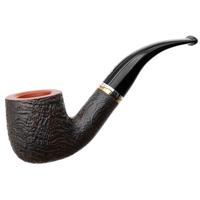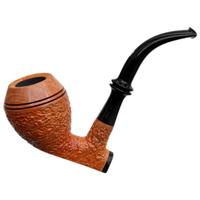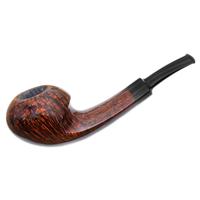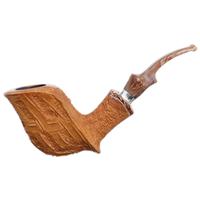I was looking at a pipe on line:
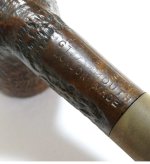
Looks like maybe a sail-maker in Great Yarmouth a long time ago. Or not. But the tenon:
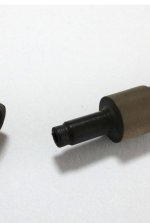
…it got me wondering. Is there anything you can learn about when and how a pipe was made from the tenon? I notice that OLD Petersons and Comoys have step-tenons. What does it mean if anything? Can it tell you about when it was made via a vis the kind of equipment?

Looks like maybe a sail-maker in Great Yarmouth a long time ago. Or not. But the tenon:

…it got me wondering. Is there anything you can learn about when and how a pipe was made from the tenon? I notice that OLD Petersons and Comoys have step-tenons. What does it mean if anything? Can it tell you about when it was made via a vis the kind of equipment?



